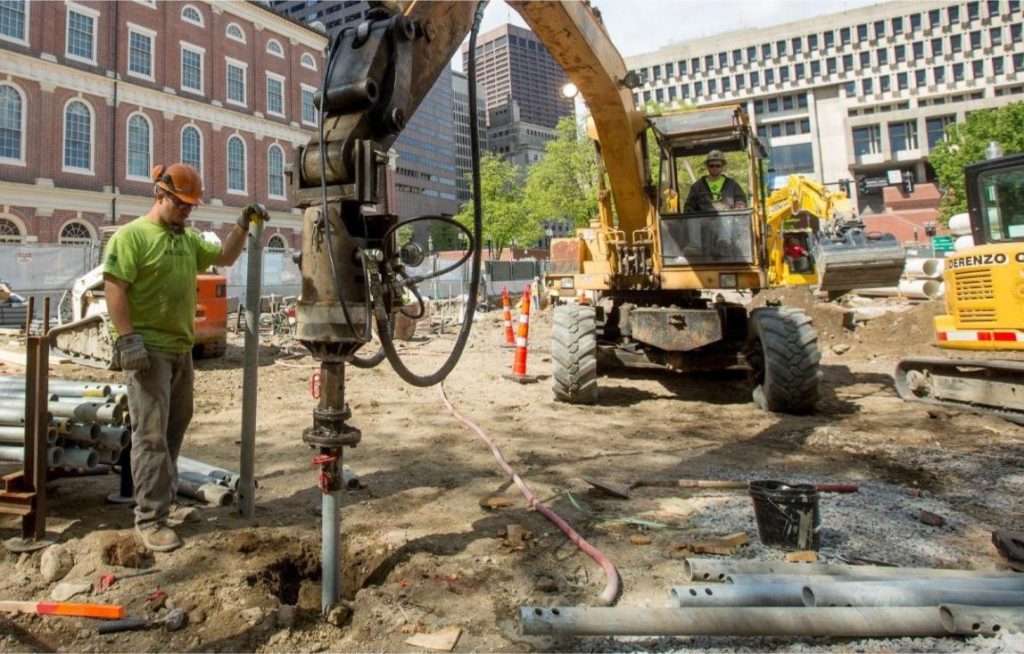Marine construction plays a crucial role in the development and sustainability of coastal infrastructure. Given the dynamic nature of marine environments, creating structures that can withstand the relentless forces of nature requires a blend of advanced engineering, innovative materials, and meticulous planning. Comprehensive marine construction is essential for ensuring the durability and functionality of harbors, piers, seawalls, and other coastal structures, which are vital for economic activities and community safety.
Advanced Engineering Techniques
Modern marine construction leverages cutting-edge engineering techniques to address the unique challenges posed by coastal environments. One such technique is the use of computer-aided design CAD and simulation software, which allows engineers to model the impact of waves, tides, and currents on structures. These simulations are critical in predicting potential weaknesses and optimizing designs to enhance resilience. Additionally, the incorporation of geotechnical engineering principles is essential. Understanding the soil and rock formations beneath the seabed helps engineers design foundations that can support heavy loads and resist erosion. Pile driving and caisson construction are common methods used to create stable foundations for marine structures.
Innovative Materials
 The selection of materials is another crucial aspect of marine construction. Traditional materials like concrete and steel are often used, but their formulations are adapted to withstand the harsh marine environment. For instance, marine-grade concrete incorporates additives to improve resistance to saltwater corrosion, while galvanized and stainless steel are preferred for their durability and resistance to rust. Moreover, advancements in composite materials have introduced new possibilities for marine construction. Fiber-reinforced polymers FRPs are gaining popularity due to their high strength-to-weight ratio, corrosion resistance, and longevity. These materials are particularly useful in constructing floating docks, marina components, and other structures exposed to constant water contact.
The selection of materials is another crucial aspect of marine construction. Traditional materials like concrete and steel are often used, but their formulations are adapted to withstand the harsh marine environment. For instance, marine-grade concrete incorporates additives to improve resistance to saltwater corrosion, while galvanized and stainless steel are preferred for their durability and resistance to rust. Moreover, advancements in composite materials have introduced new possibilities for marine construction. Fiber-reinforced polymers FRPs are gaining popularity due to their high strength-to-weight ratio, corrosion resistance, and longevity. These materials are particularly useful in constructing floating docks, marina components, and other structures exposed to constant water contact.
Environmental Considerations
Environmental sustainability is a critical consideration in marine construction. Projects must comply with stringent environmental regulations to protect marine ecosystems. This involves conducting thorough environmental impact assessments EIAs to evaluate the potential effects of construction activities on local flora and fauna. The adoption of eco-friendly construction practices is also gaining traction. For example, the use of bio-enhancing materials that promote marine life growth on submerged surfaces helps create artificial reefs, which can boost biodiversity. Additionally, careful planning and timing of construction activities to avoid disrupting breeding and migration seasons of marine species are essential practices.
Maintenance and Monitoring
Even the most robust marine structures require ongoing maintenance to ensure their longevity. Regular inspections and monitoring are vital to identify wear and tear caused by environmental conditions. Advanced technologies such as underwater drones and sonar mapping are increasingly used to perform detailed inspections of underwater components without the need for costly and risky human dives. Maintenance strategies often include protective coatings and cathodic protection systems to prevent corrosion. Furthermore, contact us predictive maintenance using data analytics helps in anticipating potential failures and addressing them proactively, thereby extending the lifespan of the structures.
